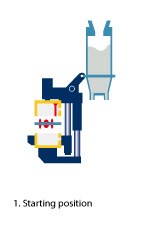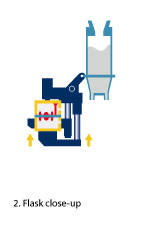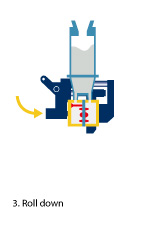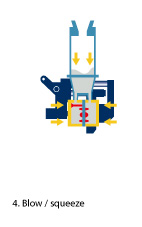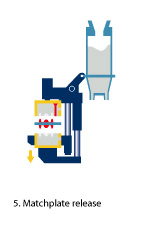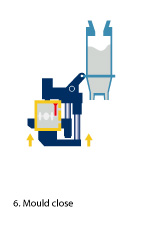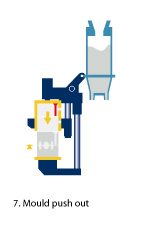Benefits of the horizontal flaskeless moulding process
- The matchplate process offers greater speed and mold accuracy compared to older horizontal techniques like jolt squeeze
- Matchplate molding also offers very fast and simple pattern plate changes, making it perfect for short to medium-run casting production. DISA’s Quick Matchplate Changer (QMC) can change matchplates within two minutes
- Patterns designed for horizontal molding machines can usually be transferred to matchplate molding machines with little effort. Likewise, matchplate patterns designed for one brand of machine can usually be employed on a DISA MATCH with minor modifications or by using a simple adapter frame

